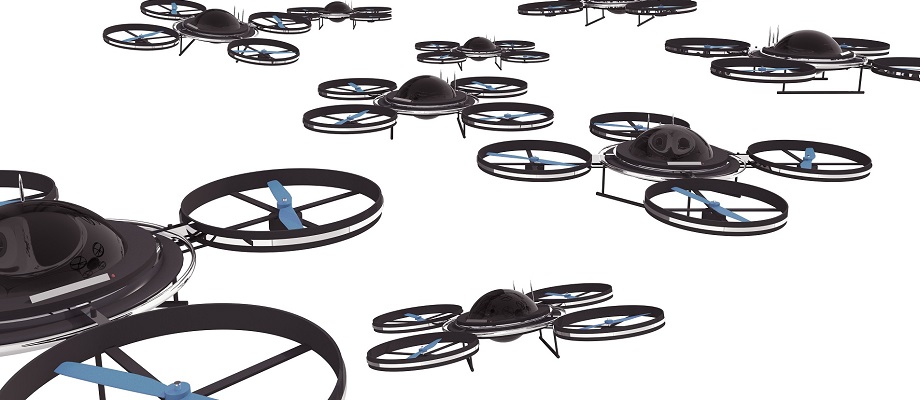
Big data is old news, and the term “disruptive” is overused. Nonetheless, several of the most exciting technologies this year involve big data – and all of them have the potential to disrupt the tech landscape. Here are seven that we are watching.
Chatbot Analytics
Every business today is building, or wants to build, a chatbot. But organizations need to be able to ensure that these bots are actually helping customers – then continue to improve the chat experience. Last November, Google launched Chatbase, a free platform to help developers optimize and customize their chatbots. Similar to Google Analytics, the platform displays analytics on the valuable data that chatbot interactions generate, data that can help to identify where bots are failing in the conversation. As use of chatbots increases over app downloads, expect to hear more about chatbot analytics in 2018.
Cryptocurrencies
Cryptocurrencies like Bitcoin have been so hyped that you can likely get price forecasts from the kid behind the counter at Chik Fil A. The bigger story of course is the technology the enables it, blockchain. Perhaps because they’ve learned a lesson from prior missteps, tech giants like IBM have shown a willingness to pivot to the new technology. Their Hyperledger Fabric project will be an international payments system that will be used by large institutions like HSBC, Deutsche Bank and Societe Generale. Another banking project in the works is R3’s open source Corda platform, with support from Bank of America, Merrill Lynch, Wells Fargo and ING. Initiatives like these aren’t guaranteed to be successful – in fact, expect many of them to fail – but the technology itself is here to stay.
Edge Analytics
Only a few years ago organizations were still debating the safety and efficacy of moving to the cloud. But by the end of this year, it’s predicted that 80% of all IT budgets will be for cloud-based solutions.
If moving to the cloud is a “no longer when, but how” decision, organizations are now faced with trying to optimize their cloud usage. Edge analytics is one approach to this. Cloud edge is an extension or micro-zone of the public cloud that moves information from a centralized point to a distributed network. As IoT applications grow, this is a way of processing analytics without having to first collect it centrally. It cuts down on latency and the costs of moving large packets of information across networks.
New Chips for AI
Self-driving cars were another futuristic topic only a few years ago – and now they are fast becoming a reality. AI makes this possible, and auto manufactures like Toyota, Ford and GM have invested heavily in AI platforms.
Only last year, Elon Musk warned, “I think we should be very careful about AI…if I were to guess at what our biggest existential threat is, it’s probably that….With artificial intelligence we are summoning the demon.”
Notwithstanding Musk’s own warnings, Tesla has announce a new AI hardware initiative for self-driving vehicles. And he’s not alone. AI is fueling a new boom in chip development. In all, more than $1.5 billion was invested in new chip technology in 2017 – nearly double that of two years ago.
Analytics as a Service
Organizations understand the value of big data, and want to leverage it for their businesses, but that can be a tall order for understaffed organizations, or organizations with legacy databases. Hiring data scientists is expensive, as is provisioning noSQL and Hadoop databases, even if they are in the cloud. For some organizations, purchasing analytics as a service (AaaS) may be a better decision.
GDPR and data privacy
It’s not as catchy a date as 1/1/2000, but 5/25/2018 is another red letter day for the IT world. That’s when applications need to be compliant with the EU’s General Data Protection Regulation. Reports are that currently less than half of businesses have updated their policies to comply with GDPR. The new law requires identifying data belonging to individuals, then putting in place processes for restricting and deleting it. There is also the additional burden of disclosing data policies and conducting risk assessments for it all.
If you haven’t done all this already, you’re too late. You can read our post on how the GDPR will impact your business.
Drone analytics
The media may focus on Amazon package delivery, but it turns out the real thing drones are deliver is, of course, data. Industries like agriculture and energy already have drones in the air, but other industries are starting to leverage them as well. Here’s one way: collecting IoT data from worksites.
Everything on a worksite, from bulldozers to boots, can be tracked, and the resulting streams of data analyzed with AI. Analytics from data gathered by drones will be used to help improve efficiencies, safety and processes. In recent weeks, drone supplier PrecisionHawk raised $75M for its drone analytics technology, primarily for surveying, while a data analytics platform for drones themselves, SkyWatch, raised a seed round of $2 million.
Devices that can converse with us, self-driving vehicles – only a few years ago these were the stuff of sci fi movies. Now we have data to help make them a reality, and investment from major corporations. Can a personal flying machine be far off? Probably not. However, Boeing just announced a competition to invent one.

